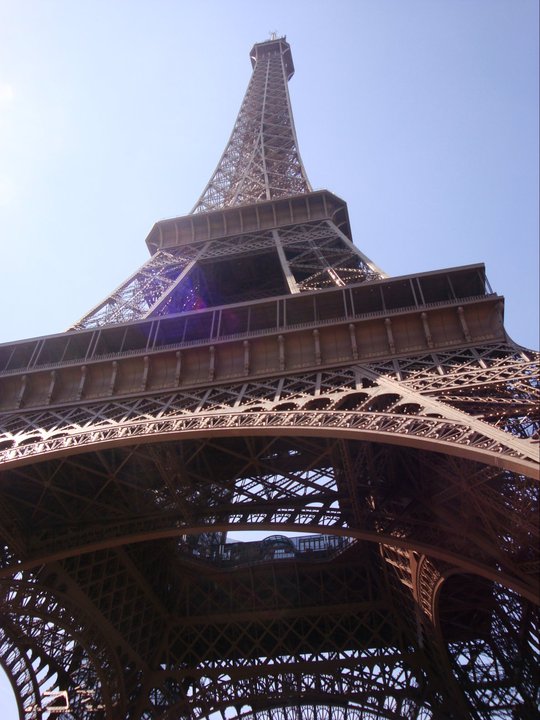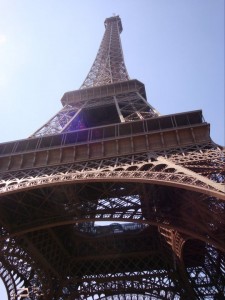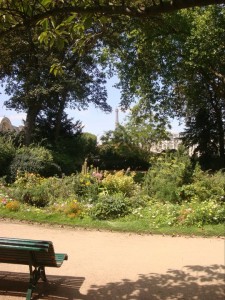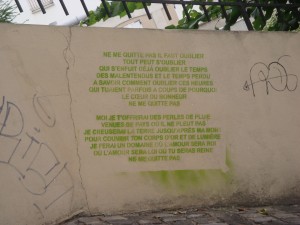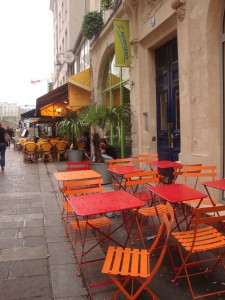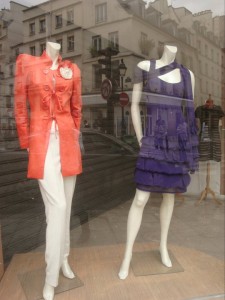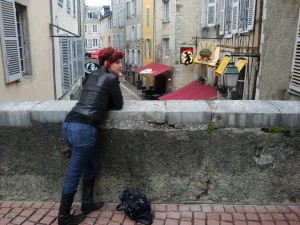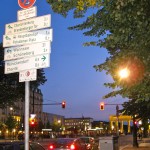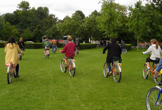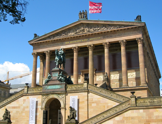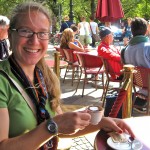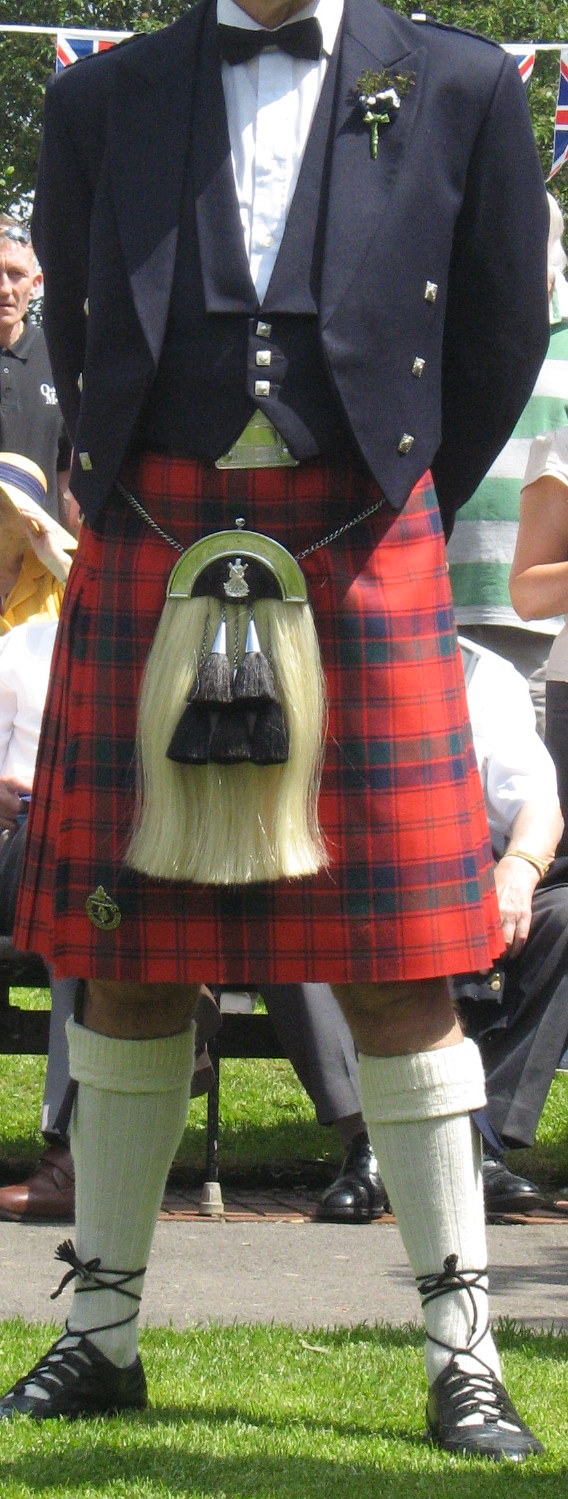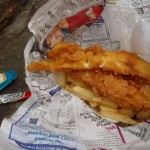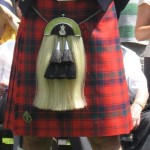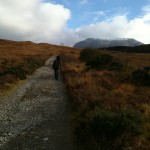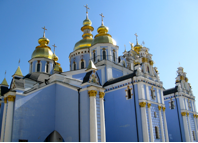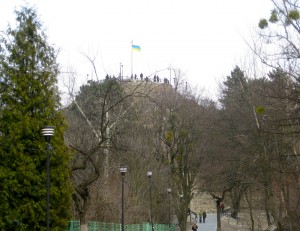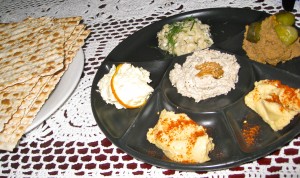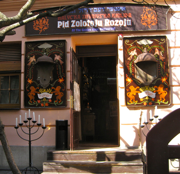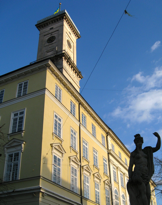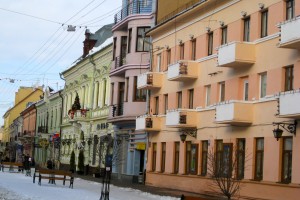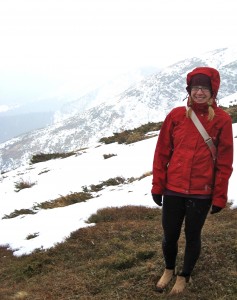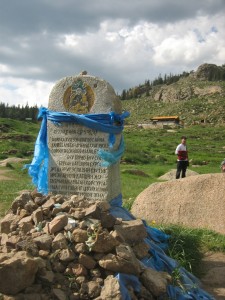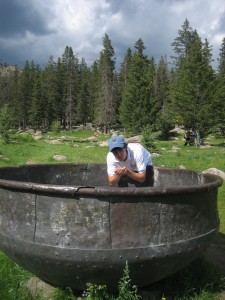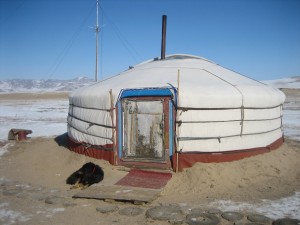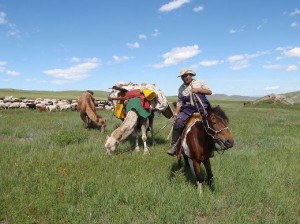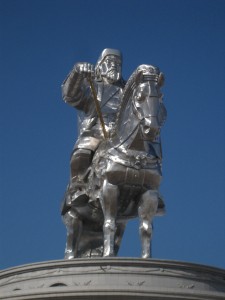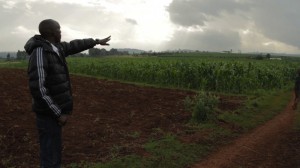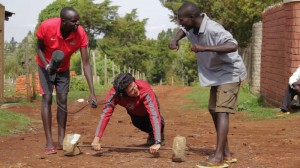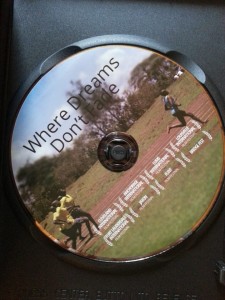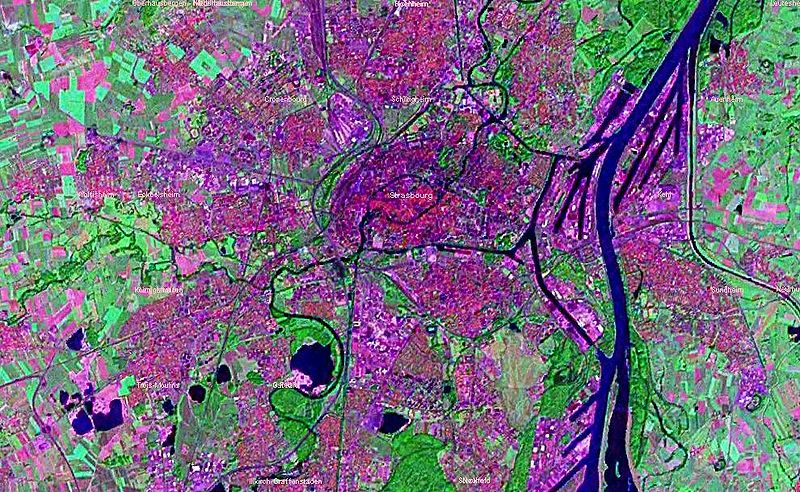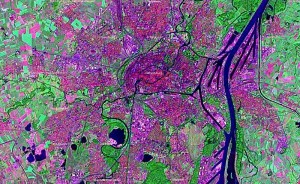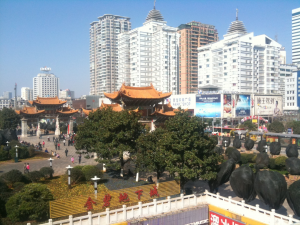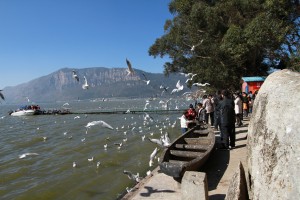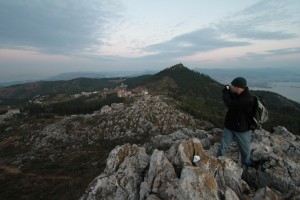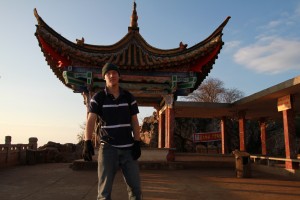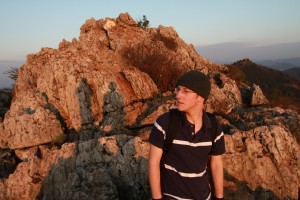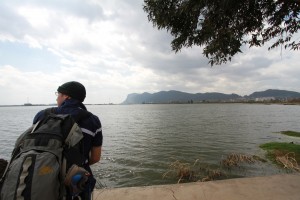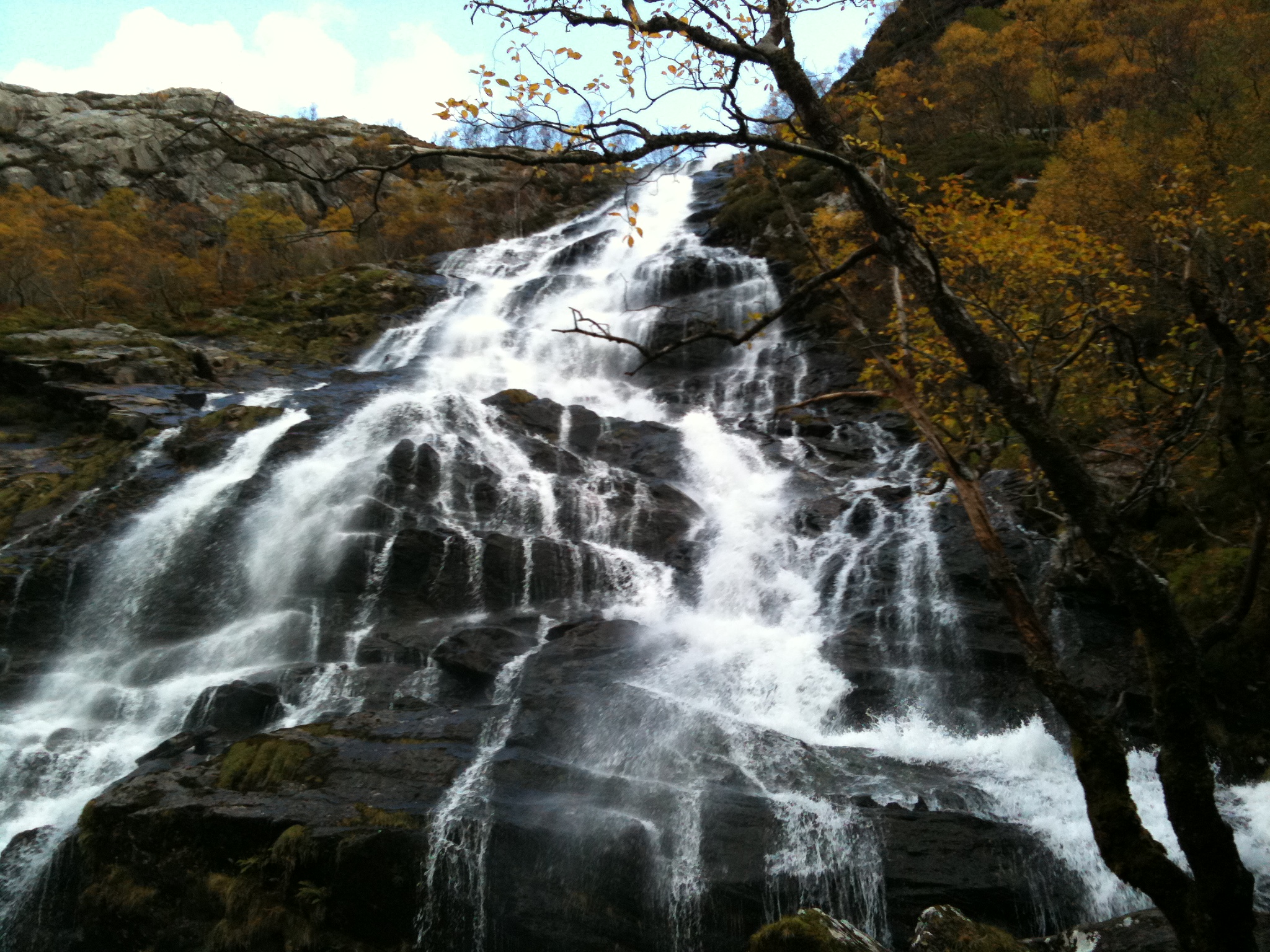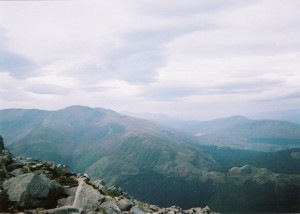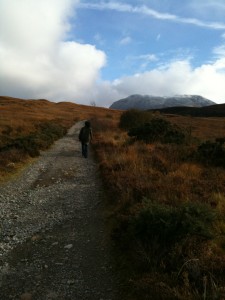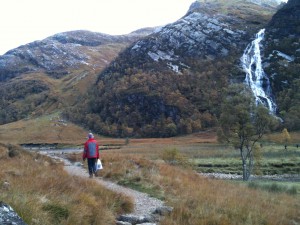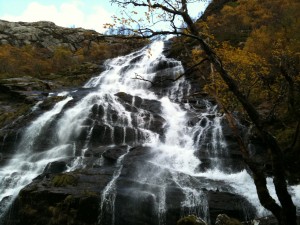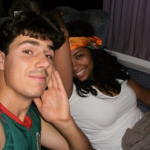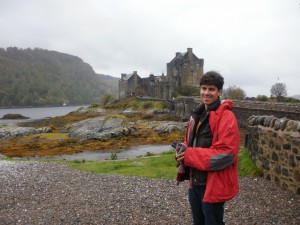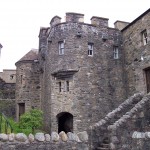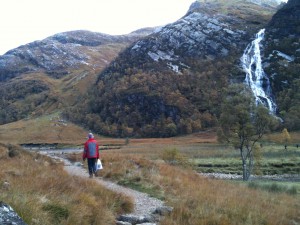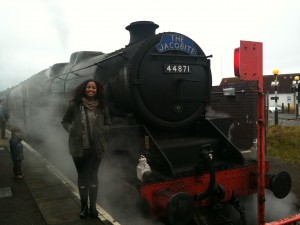EY Travel Tips: Paris
Sunny Spot Paris
The last time I visited Paris, I was a starry-eyed sixteen-year-old on a school trip. I stayed in a cut-rate hotel, saw the sights everyone has seen, ate the culinary standards, spoke no French and dressed myself like a tourist. Despite these drawbacks, the city left an immeasurable impression upon me. I knew that I would return, and when I did, things would be different. Six years later, I returned for a week-long vacation after my summer French studies had concluded. The experiences I had on both trips were so radically different that I feel compelled to say that it is much better to explore Paris than to tour it. The following list of tips has been compiled based on the things I did during my second trip that made the experience truly great.
1. Be creative about places to stay.
There is more than one way to spend a night in Paris. Many people believe that the cost of staying in Paris is ridiculously and unrealistically high. True, it can be, but there are plenty of affordable options. The best bet for anyone looking to stay for a week is to rent an apartment in the city. Not only will doing this save you tons of money, you will have the experience of living la vie Parisienne.
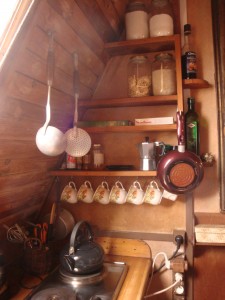 For my week in Paris, I rented a cozy flat in the 10th for only €250. It was less than a block away from the Metro and a ten minute walk from Montmartre. My land lady was very pleasant and completely willing to provide any assistance I may have required. Check out Airbnb.com or do a simple Google search to find affordable places, and don’t forget to research the neighborhood to make sure it’s safe.
For my week in Paris, I rented a cozy flat in the 10th for only €250. It was less than a block away from the Metro and a ten minute walk from Montmartre. My land lady was very pleasant and completely willing to provide any assistance I may have required. Check out Airbnb.com or do a simple Google search to find affordable places, and don’t forget to research the neighborhood to make sure it’s safe.
2. Think outside the box when it comes to activities and sight-seeing.
 There is a lot more to see in Paris than the Eiffel Tower. There are about 153 museums in the city that cover an extremely wide variety of subjects. My personal recommendation for a museum is the collection at the Arab World Institute (Institut du Monde Arabe). It is full of beautiful artifacts, calligraphy and art from various countries in the Middle East. One of the more “unusual” things I did was attend one of Jim Haynes’ dinner parties. He has been holding “The Sunday Dinners” for thirty years. All you have to do to get on the list is call or email him in advance. His contact information can be found here. The dinners are usually full of people of every age, nationality and background and the chances of meeting at least one interesting person are very high. You are asked to bring a donation (~20€) to keep the dinners going for future partygoers.
There is a lot more to see in Paris than the Eiffel Tower. There are about 153 museums in the city that cover an extremely wide variety of subjects. My personal recommendation for a museum is the collection at the Arab World Institute (Institut du Monde Arabe). It is full of beautiful artifacts, calligraphy and art from various countries in the Middle East. One of the more “unusual” things I did was attend one of Jim Haynes’ dinner parties. He has been holding “The Sunday Dinners” for thirty years. All you have to do to get on the list is call or email him in advance. His contact information can be found here. The dinners are usually full of people of every age, nationality and background and the chances of meeting at least one interesting person are very high. You are asked to bring a donation (~20€) to keep the dinners going for future partygoers.
The most important thing I can stress about Paris is that it is a city designed for pedestrians. I found more treasures while wandering aimlessly than I did looking at a map. I also recommend consulting some sort of guide book or website for more interesting ideas and hints. This city has something for everyone and a guide provides you with a great place to start.
3. Be open-minded about dining.
While I will continue to recommend everyone experience a proper French dinner in Paris for the rest of my life, I will also tell you that there’s a wide variety of excellent food to be found in Paris. Paris is not only the center of French culture; it is also home to a hodgepodge of people from all over the world. Ethnic food in Paris is fantastic and should not be overlooked. Also, do not fuss over dining selections in guide books. You will have just as much, if not better, luck if you randomly select a place every day.
4. Use French wherever you can.
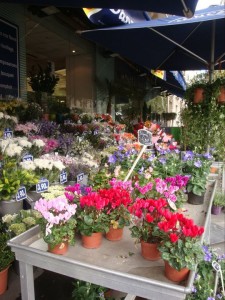 I found my experience with Parisians improved tenfold by using as much French as I could, wherever and whenever I could. It is much easier to fall back into English in Paris than people realize, as many Parisians speak multiple languages. However, they are always more than happy to help a newcomer learn. Be warned though, the French are very, very OCD about correcting people. They also love to remind non-French people that they are foreign. I know it can seem rude at first, but they do it to everyone and you’ll get used to it eventually. I learned to appreciate being corrected, as it sped up my learning process. Even if you don’t speak French, it is much better to approach someone with a question in French than in English. As I said, they can usually tell where you’re from, and even if they don’t speak English, they will be more likely to find somebody to help you if you use French first.
I found my experience with Parisians improved tenfold by using as much French as I could, wherever and whenever I could. It is much easier to fall back into English in Paris than people realize, as many Parisians speak multiple languages. However, they are always more than happy to help a newcomer learn. Be warned though, the French are very, very OCD about correcting people. They also love to remind non-French people that they are foreign. I know it can seem rude at first, but they do it to everyone and you’ll get used to it eventually. I learned to appreciate being corrected, as it sped up my learning process. Even if you don’t speak French, it is much better to approach someone with a question in French than in English. As I said, they can usually tell where you’re from, and even if they don’t speak English, they will be more likely to find somebody to help you if you use French first.
5. Explore your inner fashionista.
 Paris is an extremely fashionable city and it is full of fantastic shopping. The 1st and 2nd arrodissments are full of fun and interesting boutiques. Les Halles, Paris’ largest shopping center, also has a lot of very fashionable shops that aren’t going to break anybody’s pocketbook. And, of course, I cannot leave out the Champs-Élysées, a street so fashionable it is internationally known. My favourite part about this street is window shopping for the latest looks at the designer stores and going across the street to buy those looks for thousands of Euro cheaper. Serious shoppers should plan their Paris visits for January or July, as those are the months when the French government regulates sales for the entire country.
Paris is an extremely fashionable city and it is full of fantastic shopping. The 1st and 2nd arrodissments are full of fun and interesting boutiques. Les Halles, Paris’ largest shopping center, also has a lot of very fashionable shops that aren’t going to break anybody’s pocketbook. And, of course, I cannot leave out the Champs-Élysées, a street so fashionable it is internationally known. My favourite part about this street is window shopping for the latest looks at the designer stores and going across the street to buy those looks for thousands of Euro cheaper. Serious shoppers should plan their Paris visits for January or July, as those are the months when the French government regulates sales for the entire country.

